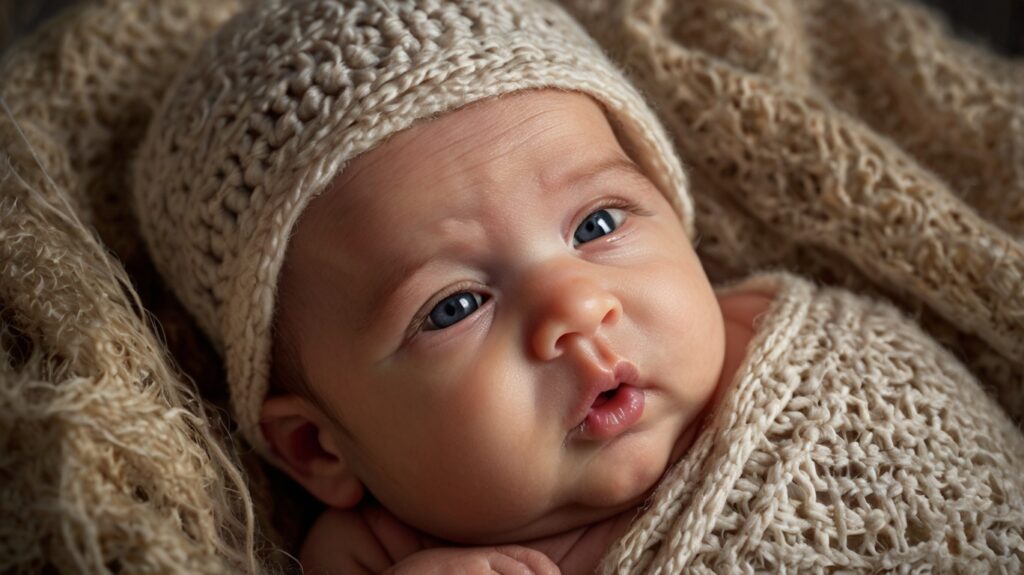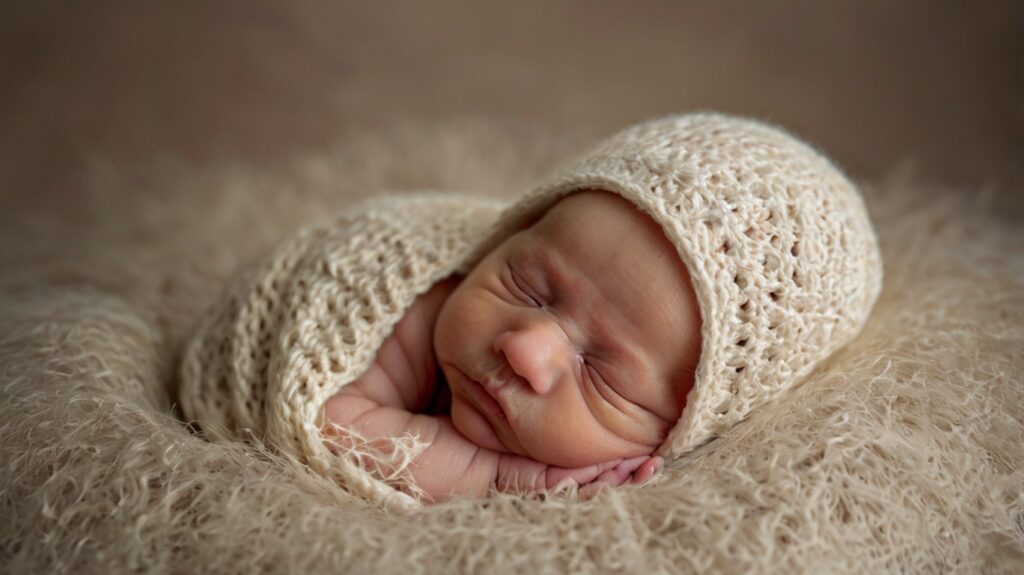
At four weeks old—about one month—your baby is beginning to transition from the newborn phase into early infancy. Though still very small and dependent, many parents notice their baby becoming a bit more alert and interactive during this time.
Physical Development
By four weeks, your baby’s body is growing steadily. Most infants will have regained their birth weight by now and continue to gain about 5–7 ounces per week. Their length will also increase slightly. While motor skills are still mostly reflex-driven, you might notice your baby beginning to lift their head briefly during tummy time, strengthening neck muscles.
Facial expressions start becoming more noticeable, and some babies begin to show early social smiles, especially in response to familiar voices or faces. Eyes may track objects slowly within their limited field of vision (about 8–12 inches).
Feeding Patterns
Feeding remains frequent and is the main activity for your baby. Whether breastfeeding or formula feeding, your baby will likely eat every 2 to 4 hours—roughly 8 to 12 times in 24 hours. Breastfed babies may continue to cluster feed in the evenings to boost milk supply, while formula-fed babies often take in larger volumes per feeding as their stomach capacity grows.
If breastfeeding, ensure proper latch and comfort to support efficient feeding and avoid nipple soreness. For formula feeding, follow recommended amounts but always watch for hunger cues.

Sleep Habits
At four weeks, your baby still sleeps most of the day—around 14 to 17 hours in total—but sleep is fragmented into multiple naps lasting from 1 to 4 hours. Their sleep cycles include active (REM) and quiet (non-REM) sleep, with more frequent awakenings than older infants.
Although your baby’s circadian rhythm isn’t fully developed, you may start noticing subtle patterns in sleep and wakefulness. Establishing a soothing bedtime routine, like dimming lights or gentle rocking, can help prepare your baby for longer sleep stretches over time.
Always practice safe sleep by placing your baby on their back in a crib free of loose bedding, pillows, or toys.
Social and Emotional Development
Around this age, babies start to show more interest in their environment and caregivers. They may briefly focus on faces, respond to voices with calming or alert behaviors, and begin to smile socially. This early interaction lays the groundwork for attachment and bonding.
Skin-to-skin contact and gentle talking or singing continue to promote emotional security and parent-child connection.
When to Contact Your Pediatrician
While most babies thrive with proper feeding and care, watch for signs that warrant medical attention:
- Difficulty feeding or refusal to eat
- Fewer than 6 wet diapers in 24 hours after day 4
- Persistent vomiting or diarrhea
- Excessive sleepiness or difficulty waking
- Fever over 100.4°F (38°C)

Final Thoughts
Your 4-week-old baby is growing rapidly and starting to engage more with the world around them. Though challenges like irregular sleep and frequent feeding continue, this is an exciting time of discovery and connection.
Patience, responsiveness, and plenty of cuddles will help both you and your baby thrive through this early phase.